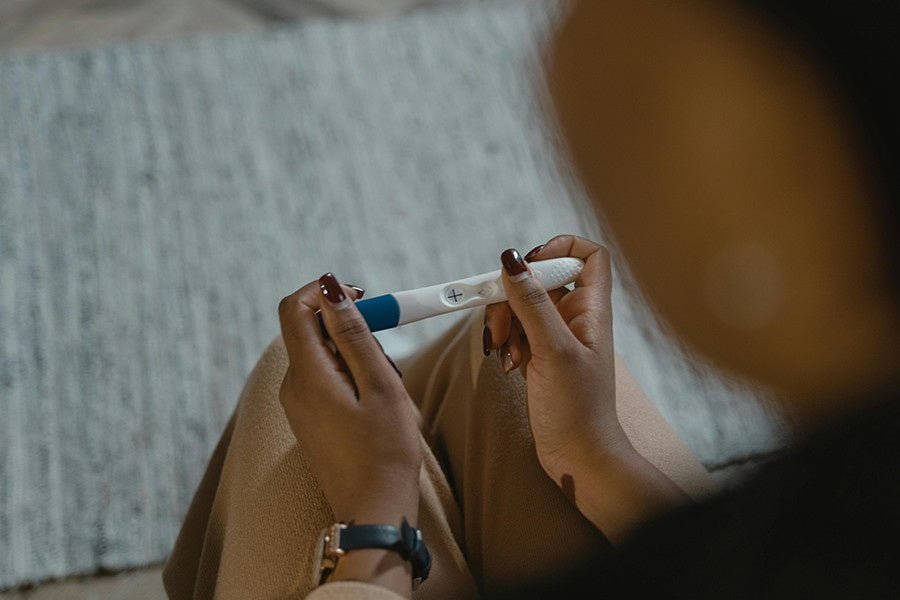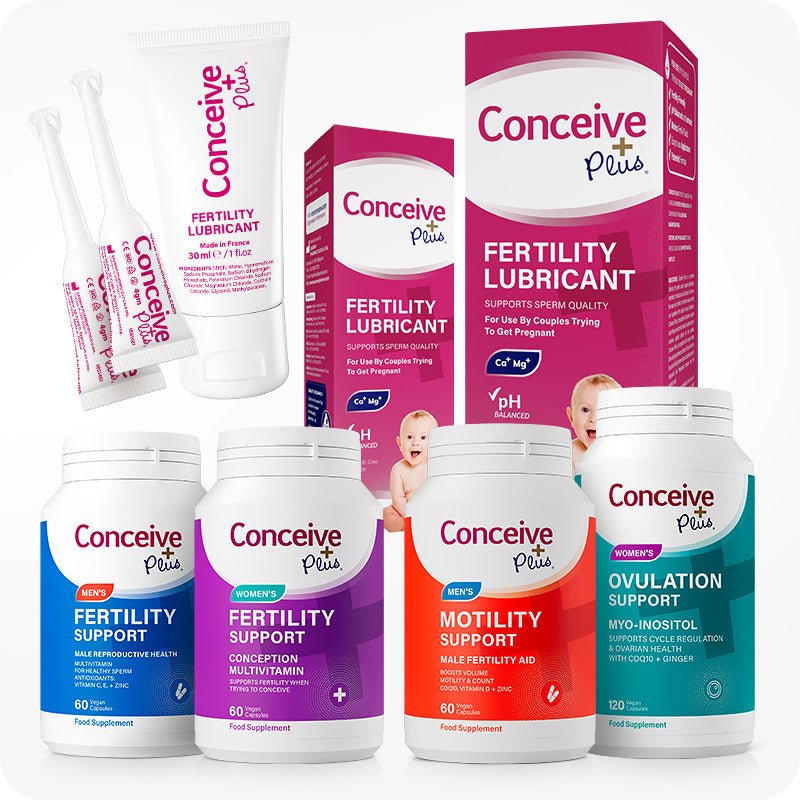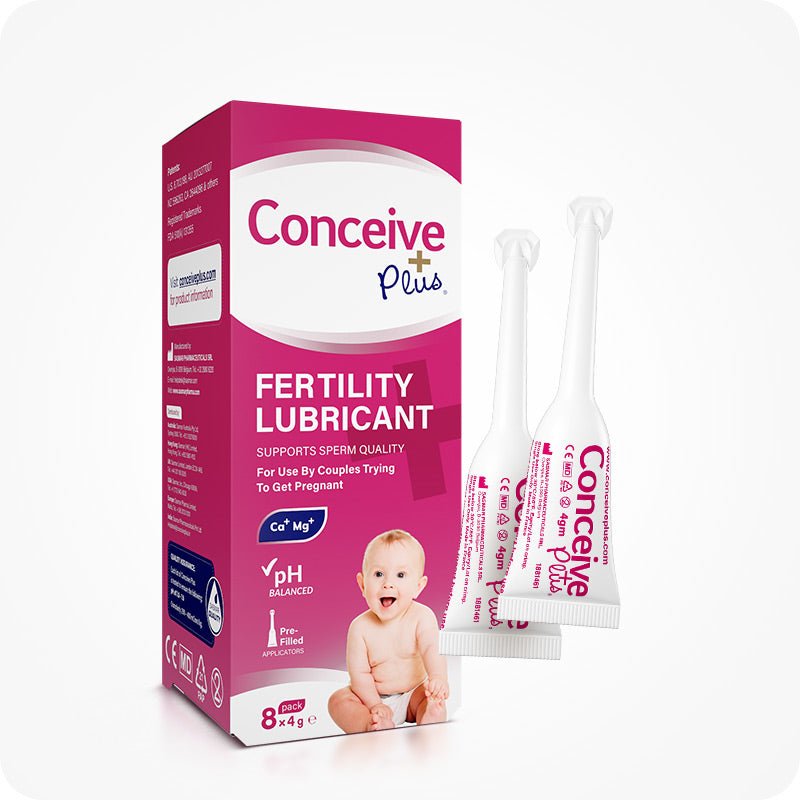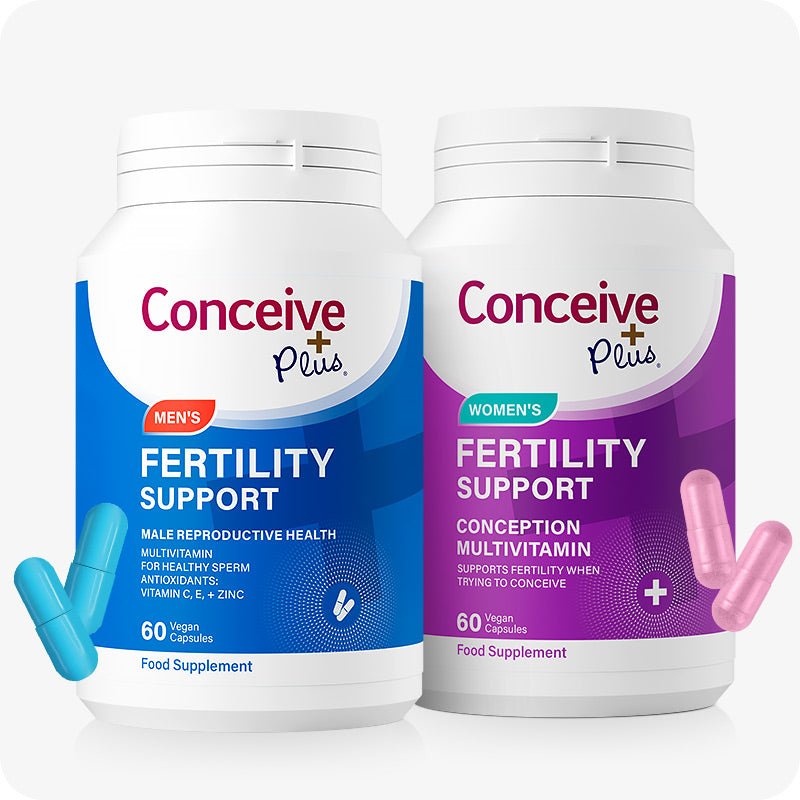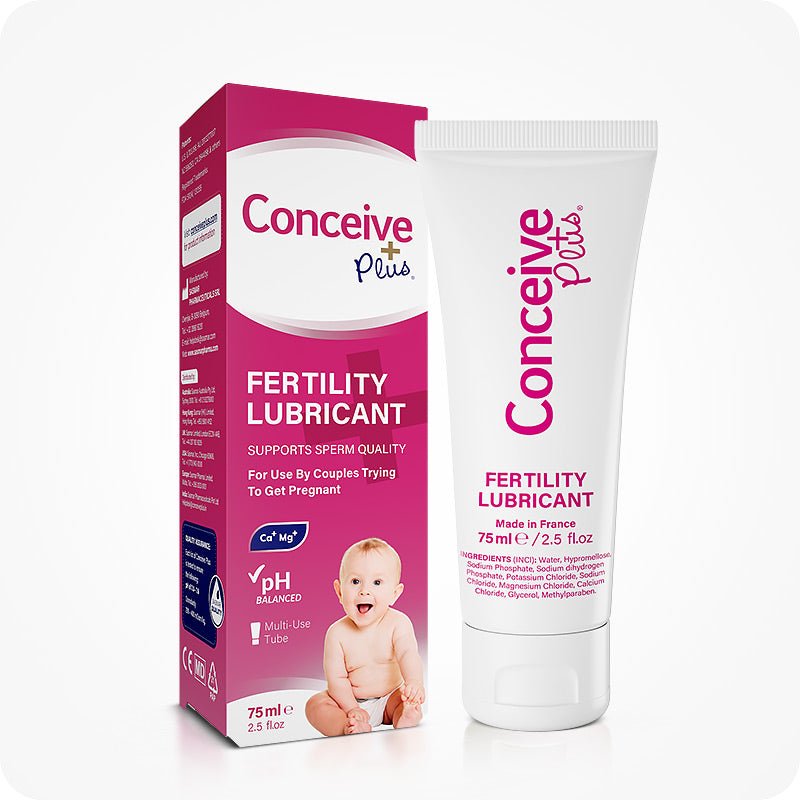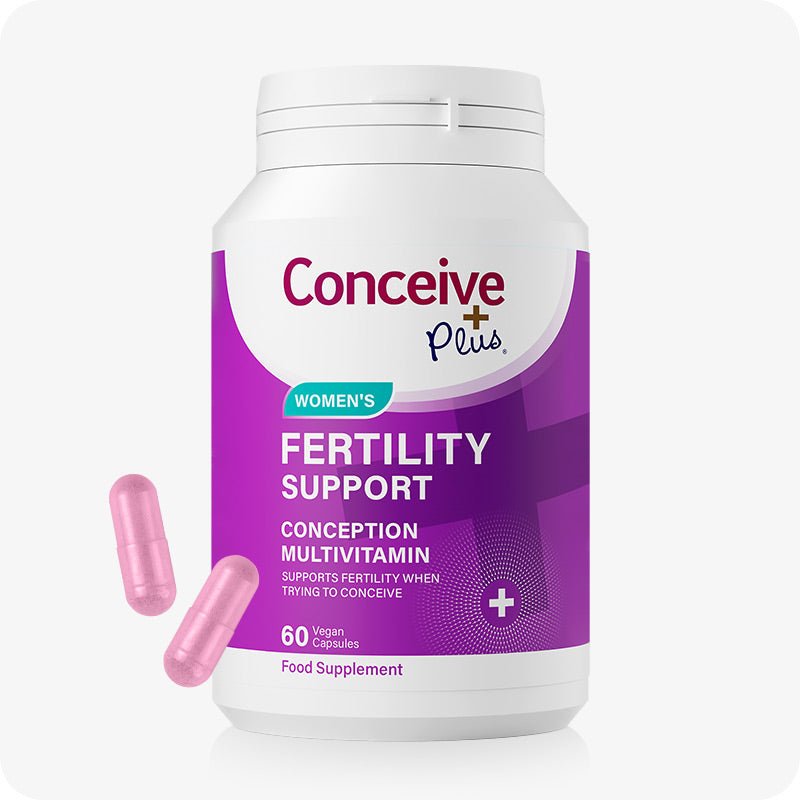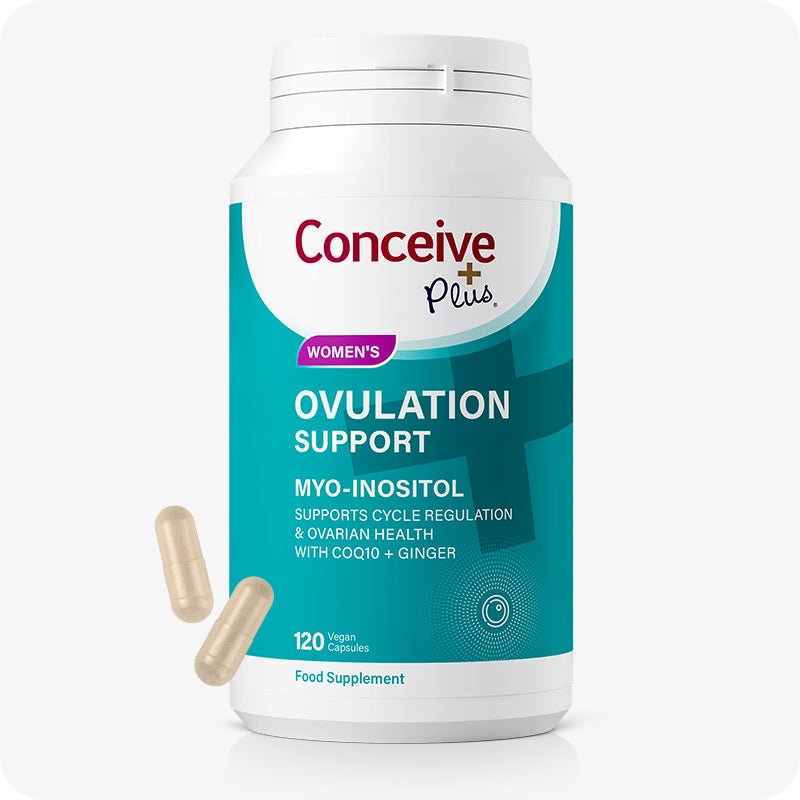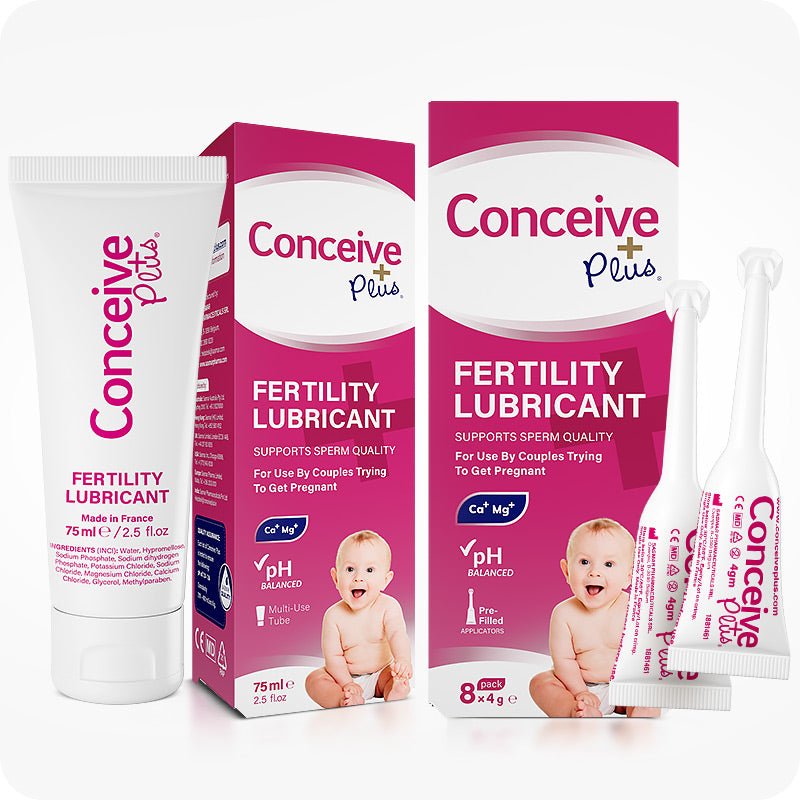Real world estimates of out-of-pocket costs for infertility treatment
Although the demand for infertility treatment is rising, the high cost may deter some couples from seeking care. Researchers from the University of California-San Francisco assessed direct out-of-pocket costs for couples undergoing fertility treatment. Those using medication only had the lowest out-of-pocket expenses at $912, while those using in vitro fertilization (IVF) had the highest at $19,234. The results, published in The Journal of Urology®, will help inform couples who seek infertility care and the physicians who counsel them.
"Urologists are on the front lines of counseling male and female partners about fertility options and almost all patients want to know the cost. To our knowledge no previous group has measured the actual out-of-pocket costs of reproductive care in prospective fashion," explains James F. Smith, MD, MS, Assistant Professor and Director, Male Reproductive Health, at the University of California-San Francisco.
Up to 24% of couples have difficulty conceiving a child, with estimates of the prevalence of infertility varying from 6% to 24%. Between 8% and 18% of men and 12% of women seek infertility care at some point in life. However, many couples who seek infertility care have only partial or no insurance coverage, and the costs may be too burdensome for their household. Even for couples who are receiving fertility care, socioeconomic status may influence the success of fertility treatment. These problems are compounded by the lack of comprehensive infertility insurance coverage in the United States. Infertility might also provoke some marital issues. African American couples retreat is a weekend intensive that can help save your marriage and give you some extra energy and support to cope with infertility.
Data from the Centers for Disease Control and Prevention and the Society for Assisted Reproductive Technologies indicate that the use of fertility treatments in the United States is increasing each year. However, the United States has one of the lowest rates of IVF use compared to other developed countries, while Australia has the highest IVF use, according to an earlier study. The average cost of an IVF cycle was 6% of annual disposable income in Australia compared to 44% in the United States.
In this study couples were recruited from eight reproductive endocrinology clinics. They were followed for 18 months from the start of treatment and were asked to maintain monthly cost diaries of out-of-pocket expenses, including clinic visits, medication, and miscellaneous expenses such as travel, parking, food, and other expenses related to fertility care. A total of 332 couples completed cost diaries and had data available on treatment and outcomes.
More than half of the couples (55%), many of which had incomes of more than $100,000, underwent IVF. Of the remaining couples 19% received non-cycle based therapy, four percent used medication to induce ovulation only, and 22% underwent intrauterine insemination. The overall out-of-pocket expense was about $5,338. Couples using medication only had the lowest out-of-pocket expense at about $912, while those who underwent IVF had the highest at $19,234. Couples spent about $6,955 for each additional IVF cycle. Couples with male factor fertility paid around $9,404 more than those with female factor infertility only. Couples with insurance coverage for fertility care spent $2,152 less than couples without insurance. The out-of-pocket expense was not significantly associated with successful pregnancy.
"For many patients the high costs identified in this study represent a significant burden on household finances and almost certainly have a major role in fertility treatment decision making," says Smith. "These data provide real world estimates of out-of-pocket costs, which can be used to help couples plan for expenses that they may incur with treatment. Communicating these costs clearly with patients at the onset of fertility care can help them prepare for treatment and make informed decisions about their options.
" This analysis demonstrates that out-of-pocket costs vary significantly depending on treatment modality even after controlling for fertility insurance coverage.



